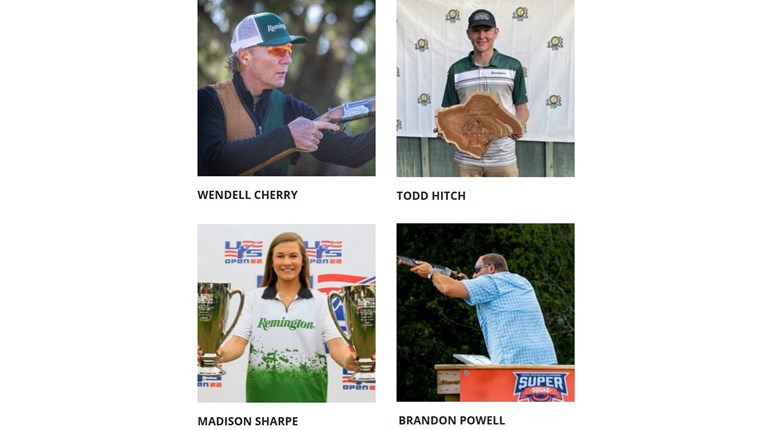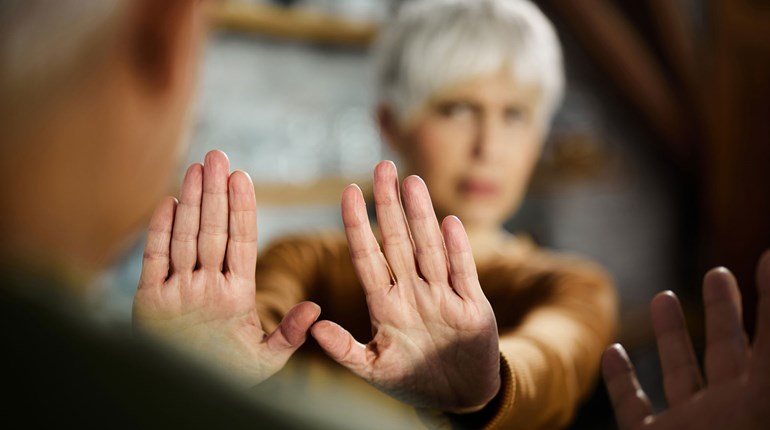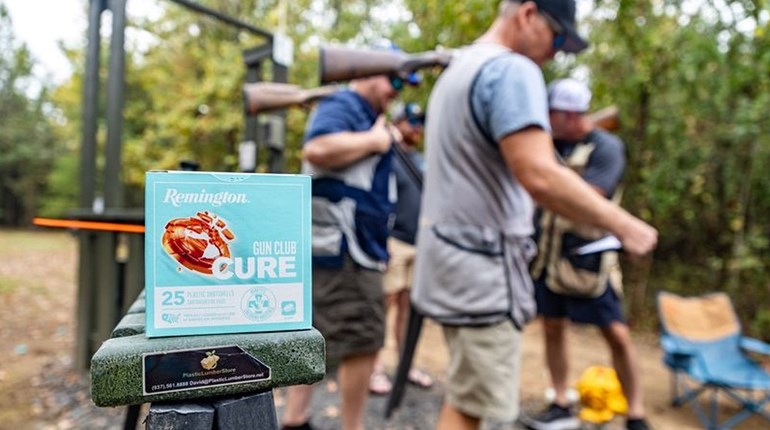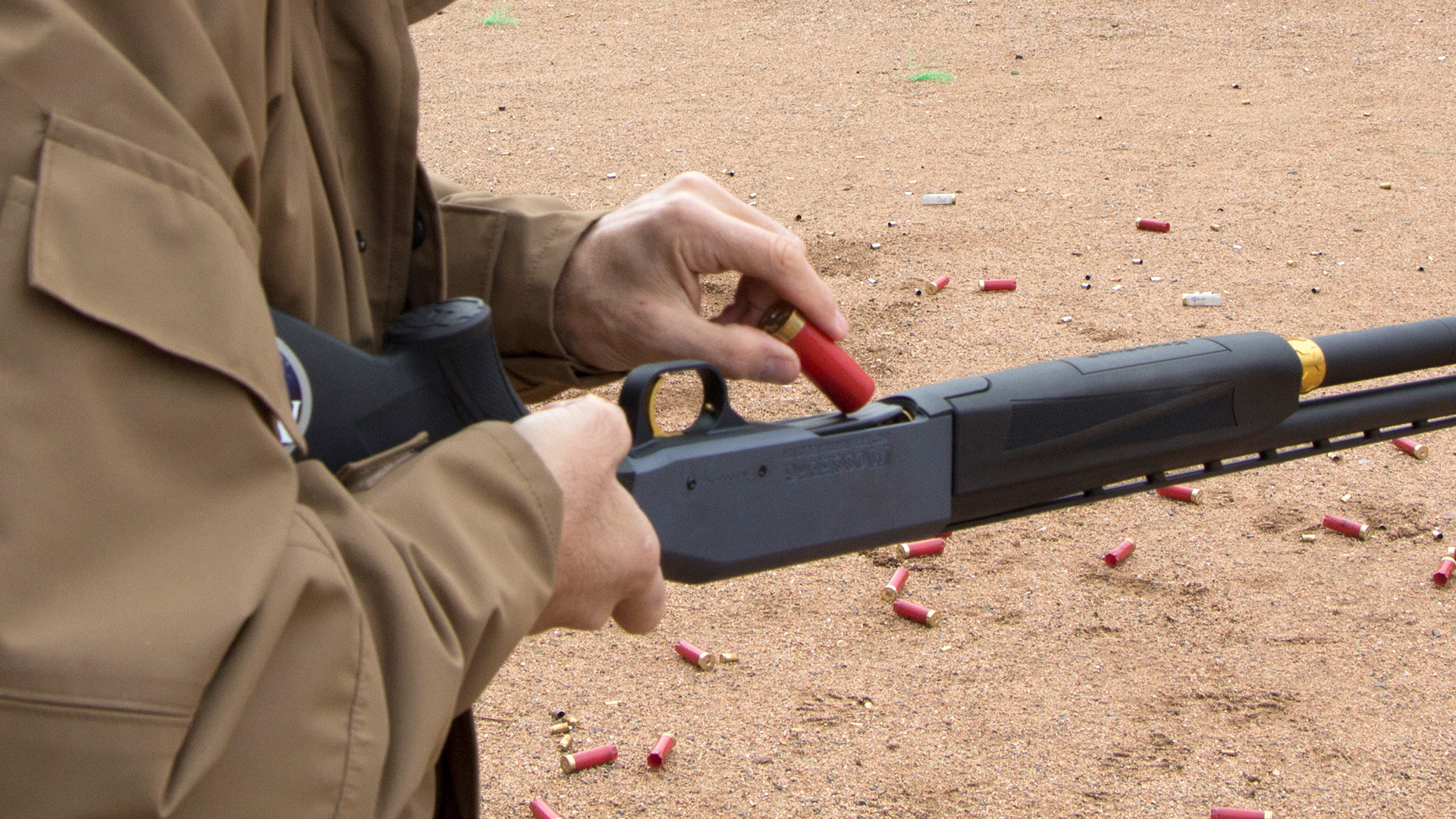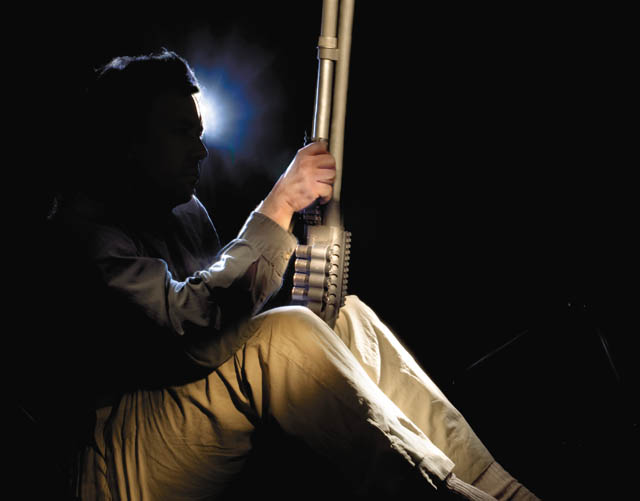
On April 11, 1986, an FBI task force patrolled the streets of Miami on a manhunt for a ruthless pair of murderous bank robbers terrorizing south Florida. Team members spotted the suspects, identified they were armed and immediately ordered a "felony stop." Eventually, using their patrol cars, they were able to run the suspects off the road. When the cars finally came to rest, a deadly shootout was on, one that would ultimately leave both suspects, William Matix and Michael Platt, as well as Special Agents Jerry Dove and Ben Grogan dead. Another five law enforcement officers were wounded.
Arguably the most-scrutinized police shootout of the modern era, the result of the Miami firefight had ramifications that persist in the law enforcement community, training academies and the firearm industry to this day.
The major point of focus was stopping power. The two gunmen suffered what were later determined to be mortal wounds early in the fight. Yet, both were still able to deliver unfathomable damage to the agents. Much has been made about the stopping power of the .38 Spl. and 9 mm ammunition used by the FBI at the time. Studies conducted following the Miami shootout led to major developments in pistol ammunition, including the 10 mm and .40 S&W. Combined with natural progression in bullet design and propellant advancements, today's commercially produced pistol ammunition is far superior to the standard-issue fare carried by the FBI 25 years ago.
However, what often gets lost in the analysis of tactics, shot placement and bullet performance is the remarkable work of Special Agent Ed Mireles. Overcoming a serious wound from a .223 Rem. round that ripped through his support-side forearm during the initial exchange of gunfire, Mireles snapped out of his initial shock, worked his Remington Model 870 using only one hand and managed one hit and four suppressive shots into the vehicle as Matix and Platt attempted their escape. Fortunately, the shotgun blasts were effective enough to stun the already seriously wounded suspects—enabling Mireles to close the distance and end the fight with his service revolver at close range.
"Ed Mireles used an 870 one-handed to get the job done," said George Harris, former director of training at SIG Sauer Academy. "He was sitting on the ground by the back of a car. He put the butt of the gun down on the ground and he pulled the action open—just by how he was sitting he was able to put enough pressure on the gun to close it. Then he took his right hand and fired it."
A crime-scene photo taken immediately following the shootout is a grisly image littered with spent brass and lifeless bodies. Beside the discarded 870 and scattered spent hulls is a large puddle of Mireles' blood.
"You will hear it said that you will not rise to the occasion, but will default to your level of training," said Ed Head, former operations manager at Gunsite. "Although there is some truth in this statement, it is also true that people are sometimes able to 'improvise, overcome and adapt,' and Mireles' performance is a good example. If your training abandons you in a fight, you are either going to panic—and likely die—or fight through it and come up with a winning plan. Agent Mireles was able to continue to fight, although wounded and under incredible stress, because he refused to give up. His mindset and fighting attitude are what got him through. At Gunsite, we believe mindset, weapon manipulation and marksmanship are equally important, but it's the mental attitude that wins fights."
Today, one-handed manipulation is part of a myriad of skills taught to law enforcement and military personnel, while also available to civilians at most contemporary training academies. Considered an advanced skill, one-handed manipulation can nevertheless be practiced, dry or with snap caps, on your own. However, one shouldn't be too quick to jump into live-fire drills.
"It's very important to begin learning these skills with an unloaded weapon," said Head. "This is followed by performing the skill at half speed and doing live fire before going on to full-speed live fire. We take it slow and build the foundation before going to 'high speed.'"
The action of running a pump one-handed, though cumbersome, is actually fairly intuitive. The most important aspect to consider, especially in training, is muzzle awareness. Even more so than with a pistol or rifle, the tough part is loading and manipulating the action of a pump gun with the use of only one hand.
"Firing the shotgun one-handed is actually pretty easy," Head remarked. "You need to get a strong grip on the gun, steady it as best you can and control the trigger. Running the action one-handed can be done in several ways, and it's not too difficult to do. Loading the gun one-handed is going to involve laying the gun down on something—the ground, your lap, a car—and then putting ammunition in it. Start, if you can, with the action open and get a round into the ejection port and close the action before worrying about the magazine tube. This way, you can fire at least one round if needed. You will find that the gun wants to scoot around and move away from you as you try to shove shells into the magazine tube, so doing something like pushing the barrel up against a wall or barricade, or otherwise stopping this movement, will help."
"You have a trigger hand left and that's it," Harris said. "In order to operate the fore-end, you have to stabilize the gun so you can operate it." One of the options, according to Harris, is between the knees, with the muzzle pointed away from the head. "You've got to be able to stabilize so you can get the fore-end backward, but to get it going forward as well."
"With a pump gun there are a couple of ways to the run the action [assuming the action is unlocked, as in you just fired]," Head continued. "You can grab the slide, with the barrel pointing up, and pump your arm real hard, or you can also set the gun down and run the slide with one hand, then pick it back up."
Ultimately, there are a multitude of ways in which one can operate a pump shotgun one-handed. While dry-running a gun at home is an excellent way to practice, seeking certified instruction is highly recommended when first learning these skills.
"One-handed shotgun manipulation is an advanced skill and should only be learned and practiced with the assistance of a competent instructor," Head said.
While Mireles' dramatic conclusion to the famous FBI Miami shootout is the most famous example of one-handed manipulation skills contributing to the preservation of life, this skill-set isn't for law enforcement and military alone. And it also doesn't necessarily have to relate to being wounded. For civilians, that scenario could easily be replaced by someone holding his small child, yet still forced to run his home-defense gun one-handed when both their lives are on the line.
"Anyone—either civilian, police or military—who is going to fight with any weapon needs to learn support-hand and one-handed manipulation and shooting skills in order to be prepared," Head concluded.













